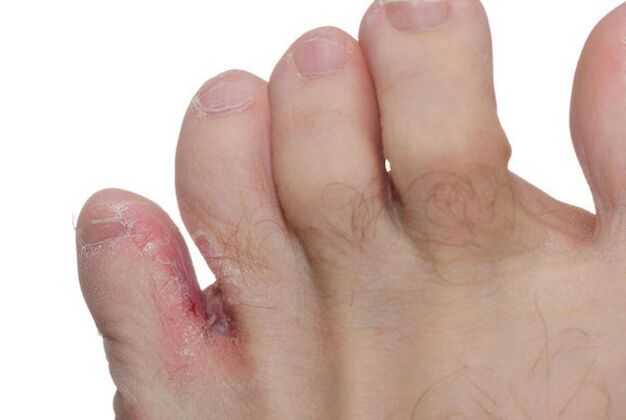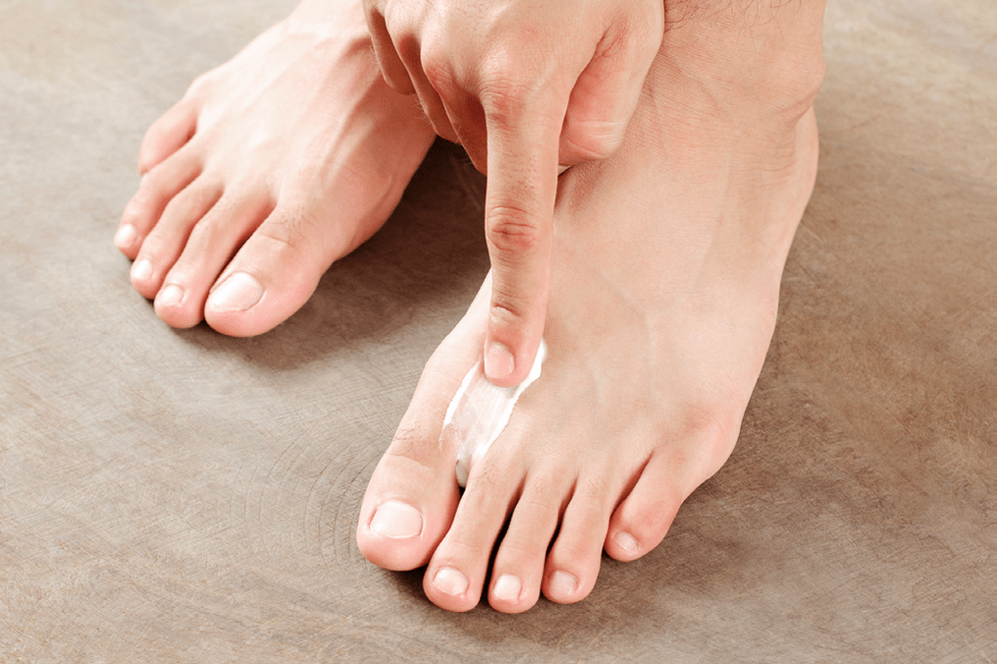who will be infected

What are the symptoms

How serious is this?
Treatment of fungal diseases
To treat fungus between the toes, an antifungal agent is applied directly to the affected area, the skin of the foot. There are several medications that can help prevent fungal infections.

- Preparations containing the active ingredient clotrimazole: Use 2-3 times a day for at least four weeks.
- Active ingredient Miconazole Nitrate Preparation: Apply twice daily for 10 days after the skin returns to normal.
- Preparations containing the active ingredient econazole nitrate: Apply twice daily until the skin returns to its normal state.
- Triazoles: Apply twice daily for 7 days. To cure onychomycosis between the toes, you must continue using this medication for a few days if the symptoms are severe. Not suitable for children.
- Active ingredient terbinafine hydrochloride preparation: 1-2 times a day for 7 days. Not suitable for children.
- Undecylenic acid preparation: Apply twice daily for a week until the skin returns to normal.

- It is necessary to wash your feet every day and dry the skin between your toes thoroughly after washing. This is perhaps the most important point. If your feet are not completely dry, wear socks. The moist skin between your fingers is an ideal place for fungus to grow.
- Do not share towels with others in public locker rooms. Towels should be washed as often as possible.
- Change socks every day. Fungus thrives in the leather flakes of unwashed socks. Cotton socks and leather shoes are better in many ways than nylon socks and shoes made from man-made materials, which can increase sweating.
- Try switching to a different shoe every 2-3 days to allow each pair to dry completely between wears.
- Wear flip-flops or sandals in public locker rooms and showers. This prevents your feet from touching the floor, which may have fragments of other people's skin on it.
- When you're at home, walk barefoot (without shoes or socks) whenever possible to allow air to reach your feet. However, this may not be practical for some people.
























